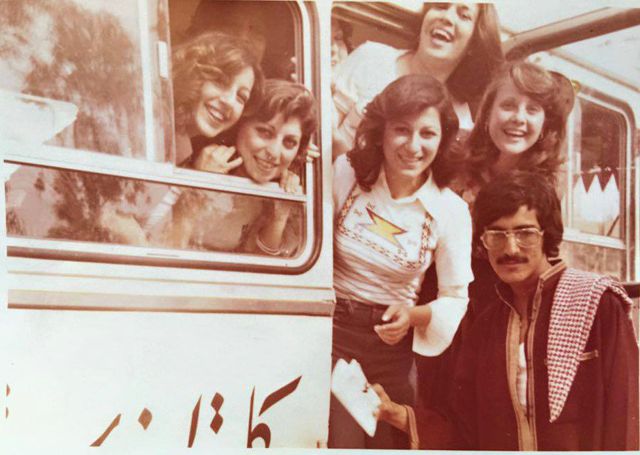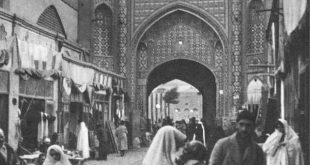Iraq’s oil revenues increased steadily during the 1960s and 1970s, allowing for infrastructure projects, industrial development, and public services. The nationalization of the Iraqi Oil Company in 1972 marked a major shift toward economic independence from foreign control. Literacy campaigns expanded, schools were built, and universities in Baghdad and Basra trained a growing educated class. Health services were modernized, and major hospitals were constructed in urban areas. Cities grew rapidly, drawing people from rural areas in search of jobs and better living conditions.
Baghdad became a cultural hub, with theaters, cinemas, and newspapers flourishing. However, rural areas often lagged behind, and social inequalities persisted, particularly among ethnic minorities and tribal communities. The Kurdish population in northern Iraq sought autonomy and resisted central control, leading to intermittent conflicts and negotiations with the Baghdad government. Political power was often concentrated among Sunni elites, despite Shias making up a majority of the population. This imbalance created long-standing grievances.


